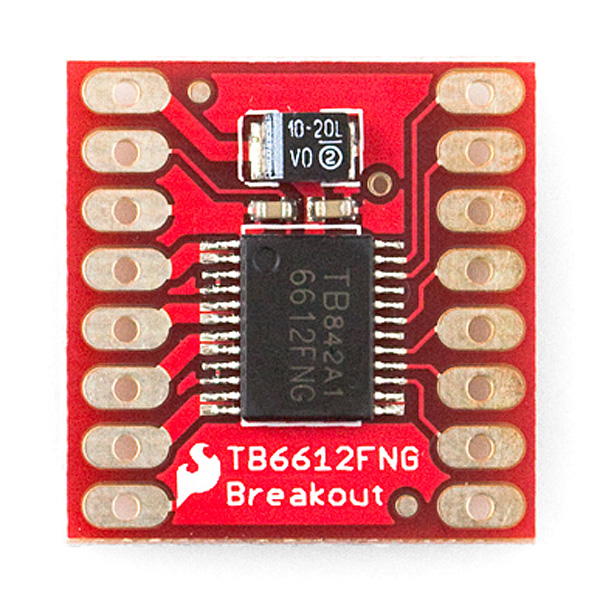After three increasingly efficient (and difficult to make) designs, I came up with Rev 4! This is the one I'm going to send to the board house for sure, I told myself, and I did! Here's what it looks like (with the copper ground fill):
Notice the groovy rounded corners? I searched around for some PCB design tips and somebody said that most board manufacturers can easily route out custom shapes (as long as they're reasonable!), so I figured why not some rounded corners so I don't cut myself...
Where did I get this manufactured? How much for? What colour solder mask did I use? All valid questions, my friend! I got 10 boards made for a total cost of $35ish, with shipping, at Seeedstudio's "Fusion PCB" service. Their prices were unbeatable, so I went with them. I ordered it in standard green, because other colours cost an extra 10 bucks, which is an unjustifiable cost for a first version! When I sort out any (and hopefully there will be none) bugs, I'll probably get it in something cool like black, with a gold ENIG finish for the plates! Seeedstudio claimed a 4-6 day turnaround to get the boards manufactured, which I was skeptical of, due to some angry comments about boards being 'in production' for months on end, but no problems! I sent them the gerbers on a Friday (after working hours) so production started on the Monday, and on the following Friday (5 days of production time), the order status changed from "in production" to "shipped"! I was actually worried, because I had specified (and paid for) a 10x10 cm maximum size board, and the board was EXACTLY 10 cm one way, if not a teensy bit more when measured from a 1:1 printout. However Eagle's free version has a maximum size of 10x8 cm, so I don't think I went over the limit. In any case, it seems as if they made it without any problems, because it's on its way to me right now! A nice touch is that Seeedstudio tests 50% of the boards for free (it's an extra $10 to get all boards tested), so at least 5 of my 10 boards should be exactly according to the gerbers! Also, I paid an extra $5 to make it RoHS compliant, since I use lead free solder, and the hot air solder leveling (HASL) process they use to plate the pads should ideally use the same alloy as I use (not sure how much of a difference this makes).
See the cool logo at the bottom? Sadly, I designed it AFTER sending my gerbers, so maybe I'll make it in Rev 2! Thinking of exposing the hexagons, one connected to VCC and one to GND, so I can use it to check voltages/for shorts!
-nanohex

